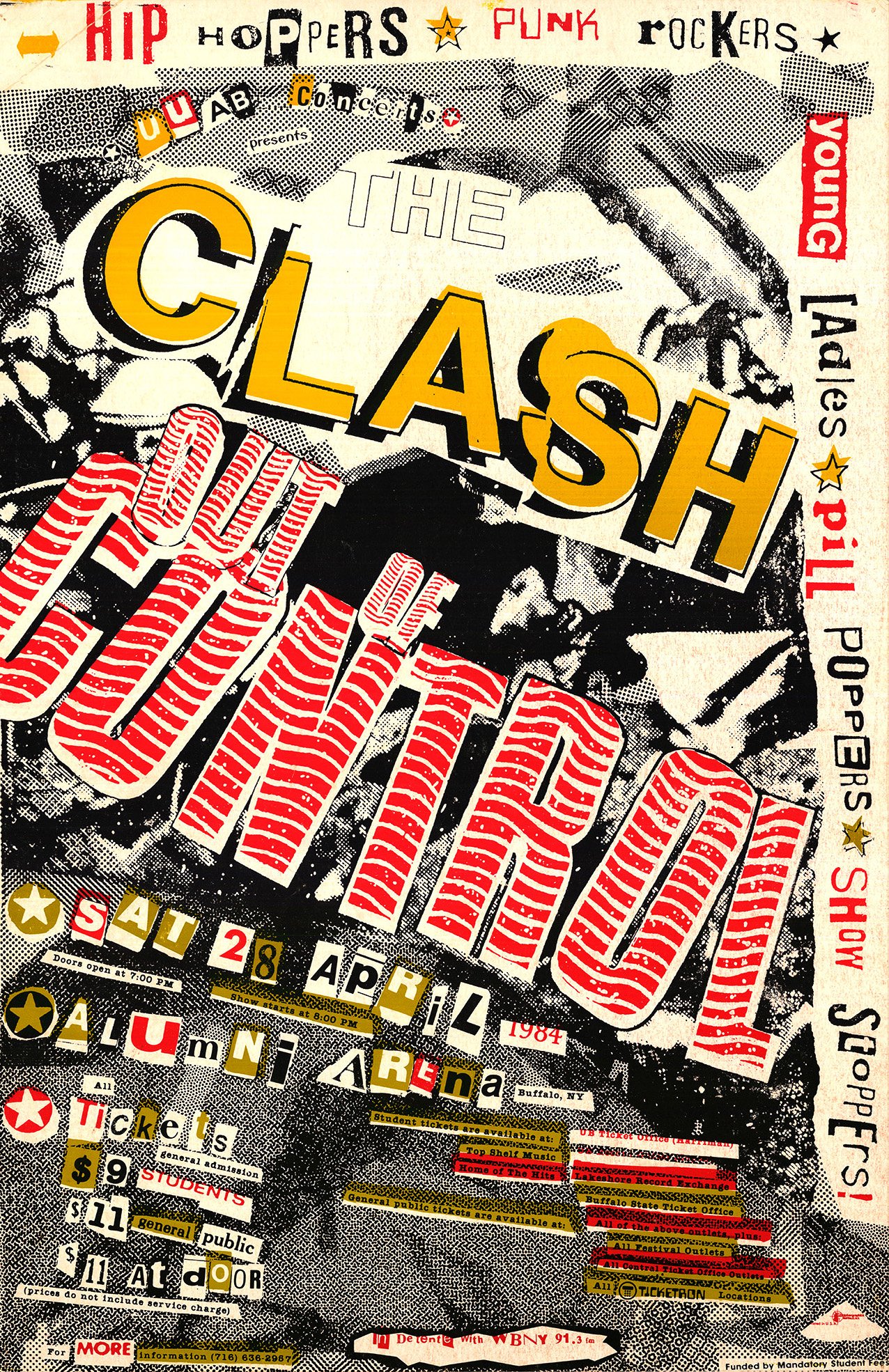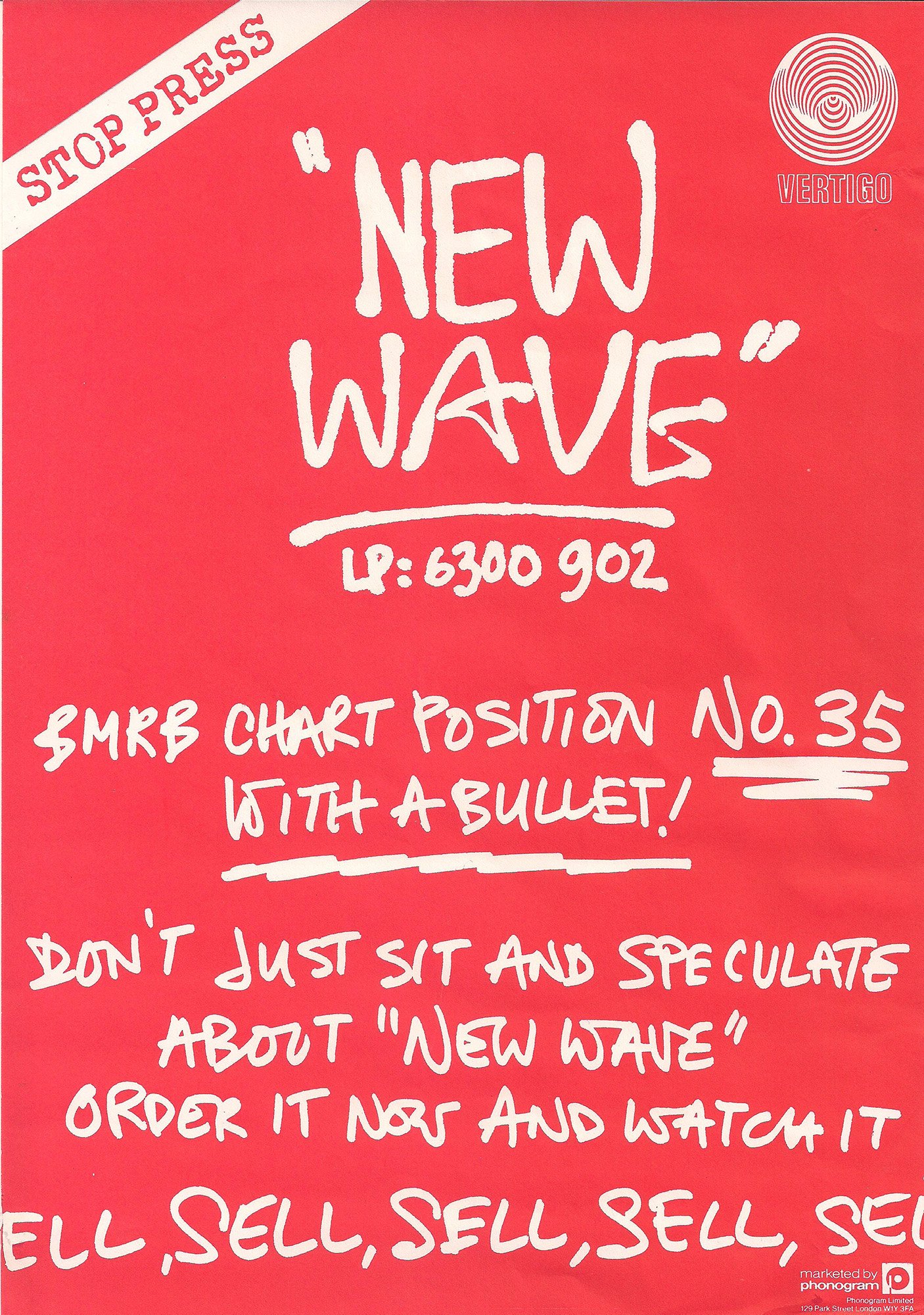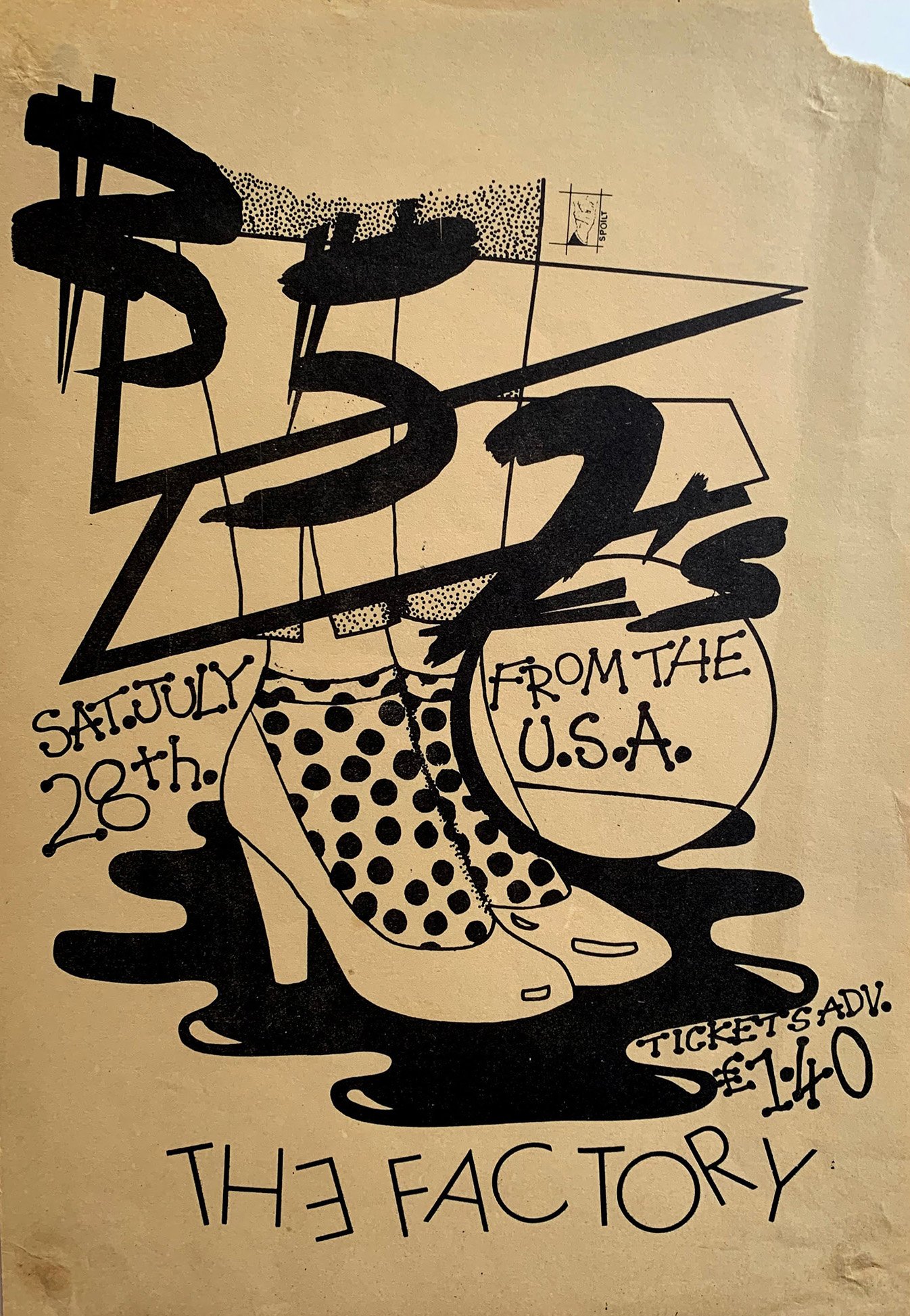Torn Apart:
Punk + New Wave Graphics, Fashion & Culture, 1976 – 86
Feb 8th – May 10th, 2024
Torn Apart: Punk, New Wave + the Graphic Aftermath, 1976–86 was the largest exhibition of punk and new wave graphics ever shown on the West Coast. The show at the Pacific Design Center Gallery in 2022 included around one-thousand pieces of graphic design ephemera produced from 1976 to 1986, mostly from England and the US, and included posters, flyers, publications, clothing, stickers, and buttons. The work was pulled from Andrew Krivine’s Too Fast to Live collection, curated by CalArts graphic design faculty Michael Worthington, and was accompanied by a selection of vintage punk photographs by renowned music photographer Sheila Rock.
Now in its second iteration, Torn Apart: Punk + New Wave Graphics, Fashion & Culture, 1976–86 opens at the Hawn Gallery at SMU in Dallas in February 2024. This version of the show features an infusion of additional clothing from the collection of renowned graphic designer Malcolm Garrett, including many designs from BOY and Vivienne Westwood’s SEX and Seditionaries.
The Clash, 1984
Opening Reception
Friday, Feb 9th, 7–9pm
Malcolm Garrett Lecture, 6–7pm
Thursday, Feb 8th, 12–1pm
Panel Discussion: Andrew Krivine, Malcolm Garrett + Michael Worthington
Hawn Gallery, SMU, Dallas
Richard Hell, 1977
Torn Apart includes work by well-known designers Barney Bubbles, Jamie Reid, Malcolm Garrett, Peter Saville, Chris Morton, Vivienne Westwood, Mike Coles, Gee Vaucher, Winston Smith, and Raymond Pettibon. Equally important are the spectacular works by designers less exposed to US audiences such as John Angus, Martin Kaye, X3, and Alex McDowell, alongside works designed by the musicians themselves, and a plethora of unknown and uncredited designers, both amateur and professional.
When punk and new wave went their separate ways in 1978… new wave took the intelligence, the playfulness, the free-spirited cultural bricolage, the irony and yes, the fun.
Pete Groff, What Does ‘New Wave’ Mean?
Featuring posters and flyers for:
The Sex Pistols, The Clash, The Damned, Buzzcocks, Devo, The Cramps, Siouxsie Sioux, The Slits, X, Germs, Black Flag, Generation X, 999, The Jam, Talking Heads, X-Ray Spex, Ramones, The Fall, Crass, Ian Dury, Stranglers, Killing Joke, New Order, Elvis Costello, The Cars, Vibrators, Fear, Adverts, Dead Kennedys, Blondie, The Bangles, Circle Jerks, Joy Division, Gang of Four, Echo and the Bunnymen, Sonic Youth, Patti Smith, Iggy Pop, Grace Jones, Public Image Ltd, The Ruts, XTC, OMD, SLF, Undertones, Screamers, Penetration, Bauhaus, Wayne/Jane County, Laurie Anderson, Dead Boys, A Certain Ration, Adam and the Ants, Alternative TV, Television, Au Pairs, Wire, B-52s, The Cure, Psychedelic Furs, Tuxedomoon, The Bags, Human League, Birthday Party, Johnny Thunders, The Police, Minutemen, Specials, Mumps, Nuns, and many more.
Publications and ephemera for:
Sex, Seditionaries, BOY, New York Rocker, Rock Against Racism, Punk Magazine, Slash, Search & Destroy, Chainsaw, Kill Your Pet Puppy, Ripped & Torn, Sniffin’ Glue, Stiff Records, Factory Records, and many more.
Joy Division, 1980
Punk style became shorthand for every kind of revolt, anger, blankness, challenge, left-fieldness and overall discontent.
Pete Silverton, Punk by Design
In 1976 punk kicked down the doors of the music industry and forged the “do it yourself” attitude that inspired a generation of musicians and also graphic designers. Along with the permission to do anything you wanted to do, came a freedom to experiment with no rules and few consequences. While a lot of punk graphics had a fixed lo-fi “cut ‘n’ paste” irreverent aesthetic, the emergent New Wave embraced a visual diversity that reflected its broad musical range, avant-garde ideals, and idiosyncratic styles.
John Lydon, 1980, photo by Sheila Rock
All the work is both fresh and reactionary, it is either a rejection or a response, negative or positive, to all that has preceded it.
Malcolm Garrett, Too Fast to Live
Joe Strummer, 1978, designed by X3 Studio
The exhibition documents the visual explosion that occurred when punk as a formative subculture was born, and tracks the journey as punk imploded, producing an aftershock of a thousand shards that pierced mainstream design culture. That aftermath includes a broad range of aesthetics and agendas, but the lasting influence and legacy of punk and new wave still lingers in the air today.
I only had a vague idea of what I was doing graphically, the results were experimental and disruptive—which was the principal zeitgeist of early punk.
Sebastian Conran, 1977: You’re on the Never-Never
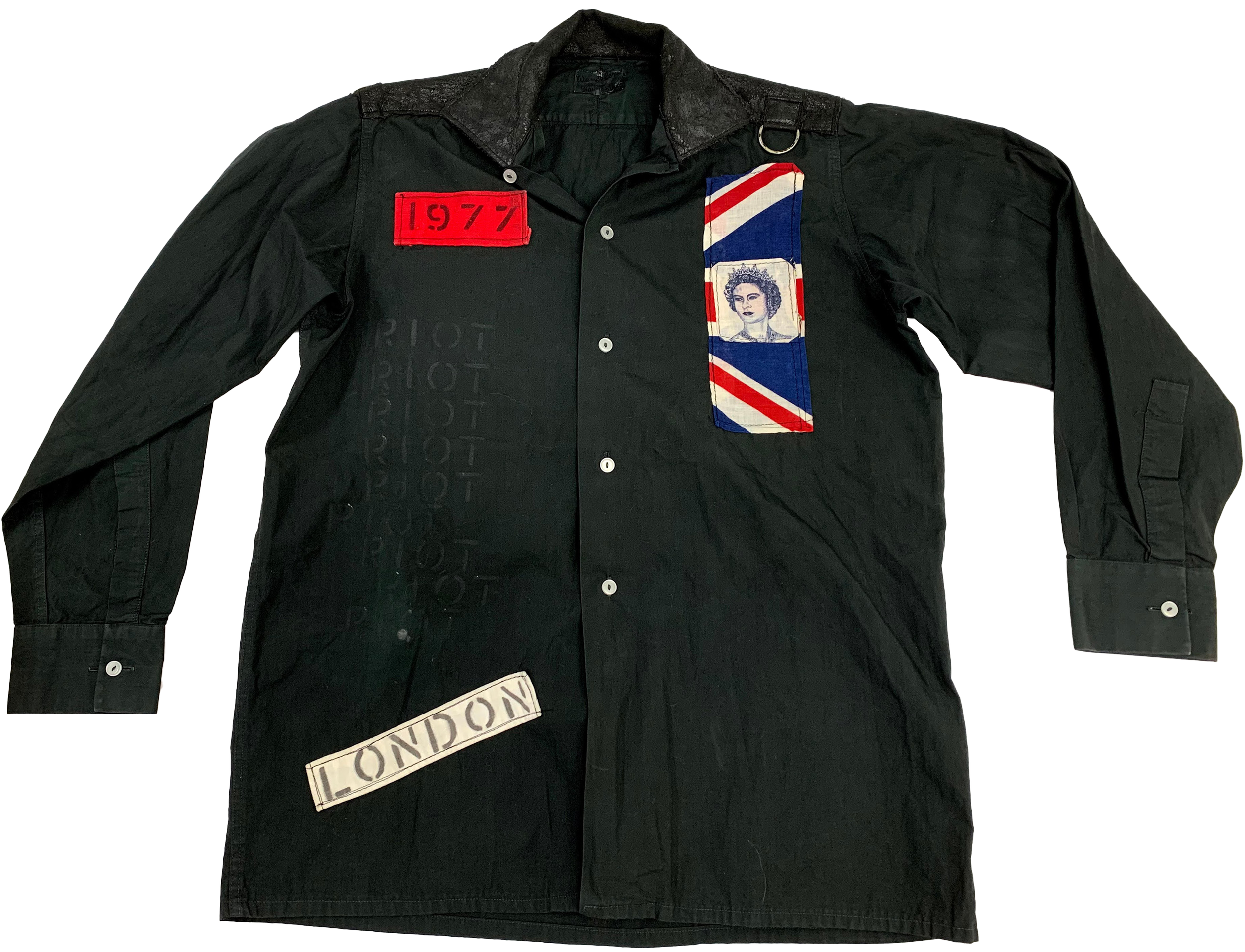
BOY of London, custom made Wemblex shirt, 1977
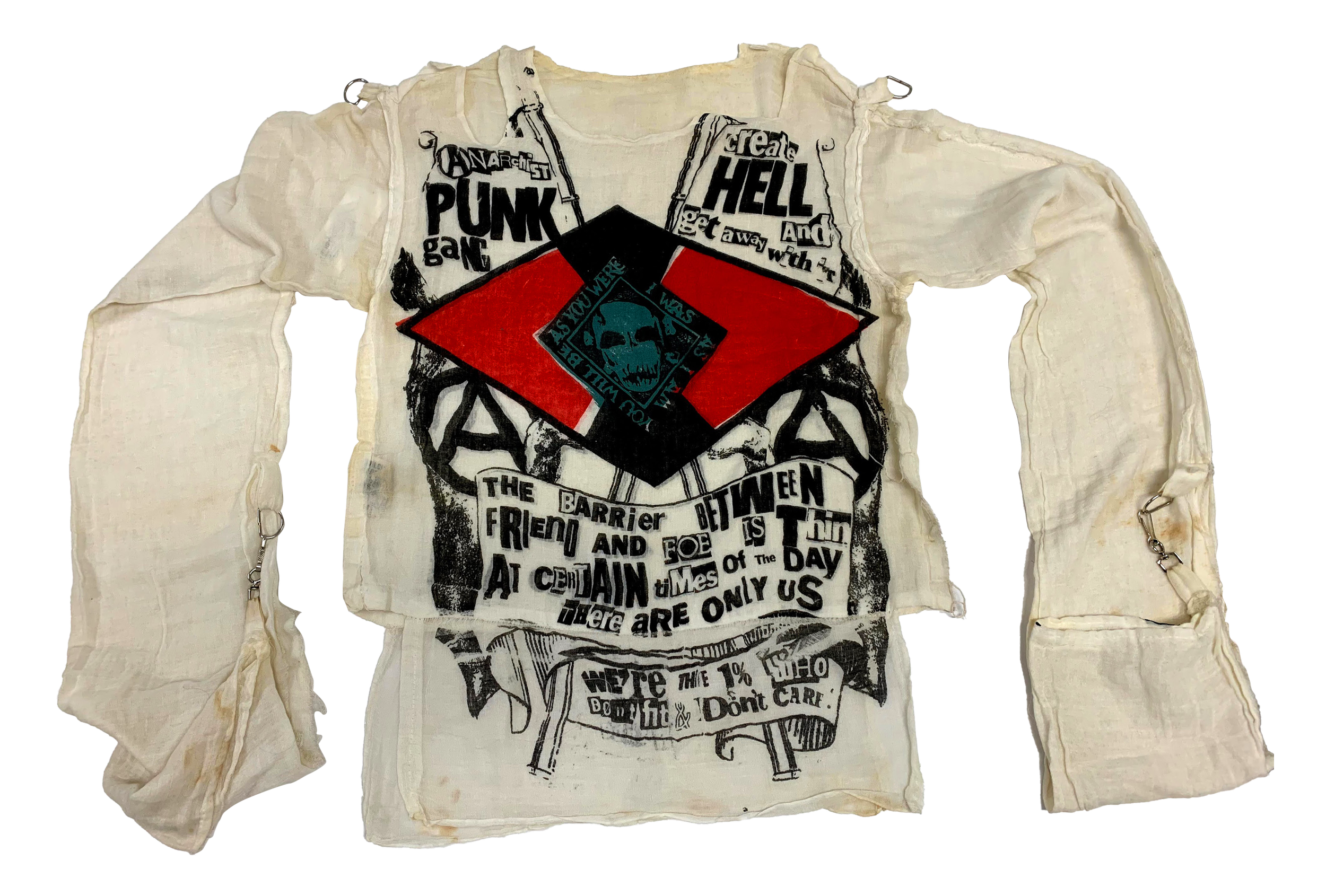
Seditionaries shirt, c. 1979, designed by Vivienne Westwood
Devo, 1979, designed by Janet Peir
New wave has been regarded with disdain and condescension. It has been the unwanted red-headed stepchild of the rock-poster medium.
Andrew Krivine, Reversing into the Future

Gang of Four, 1980, designed by Martin Kaye
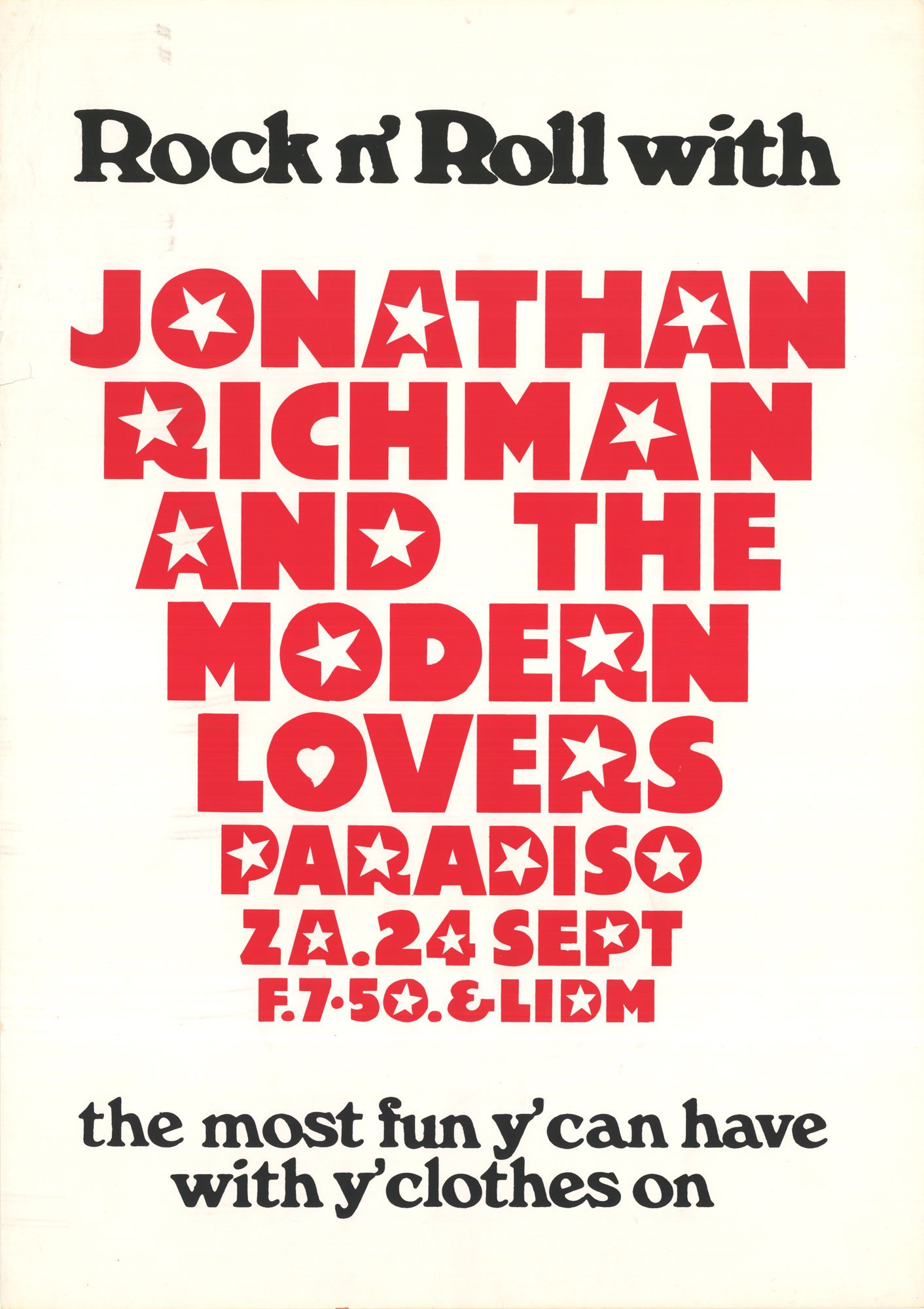
Jonathan Richman and the Modern Lovers, 1978, designed by Martin Kaye
It’s best to think of punk not as music but as an art movement.
Pete Silverton, Punk by Design

BOY bondage trousers with belt and skirt, reissue c.1988

Leather biker jacket owned by Malcolm Garrett, 1980
…what counts (is) to jump right out of the 20th century as fast as you possibly can, in order to create an environment that you can truthfully run wild in.
Malcolm McLaren/Vivienne Westwood, Oliver Twist t-shirt from Seditionaries, 1978

Assorted Buzzcocks buttons/badges

Sex Pistols GSTQ sticker, 1977, designed by Jamie Reid
There’s a certain musical promiscuity to new wave that punk lacked… its willingess to explore and hybridize different styles.
Pete Groff, What Does ‘New Wave’ Mean?

